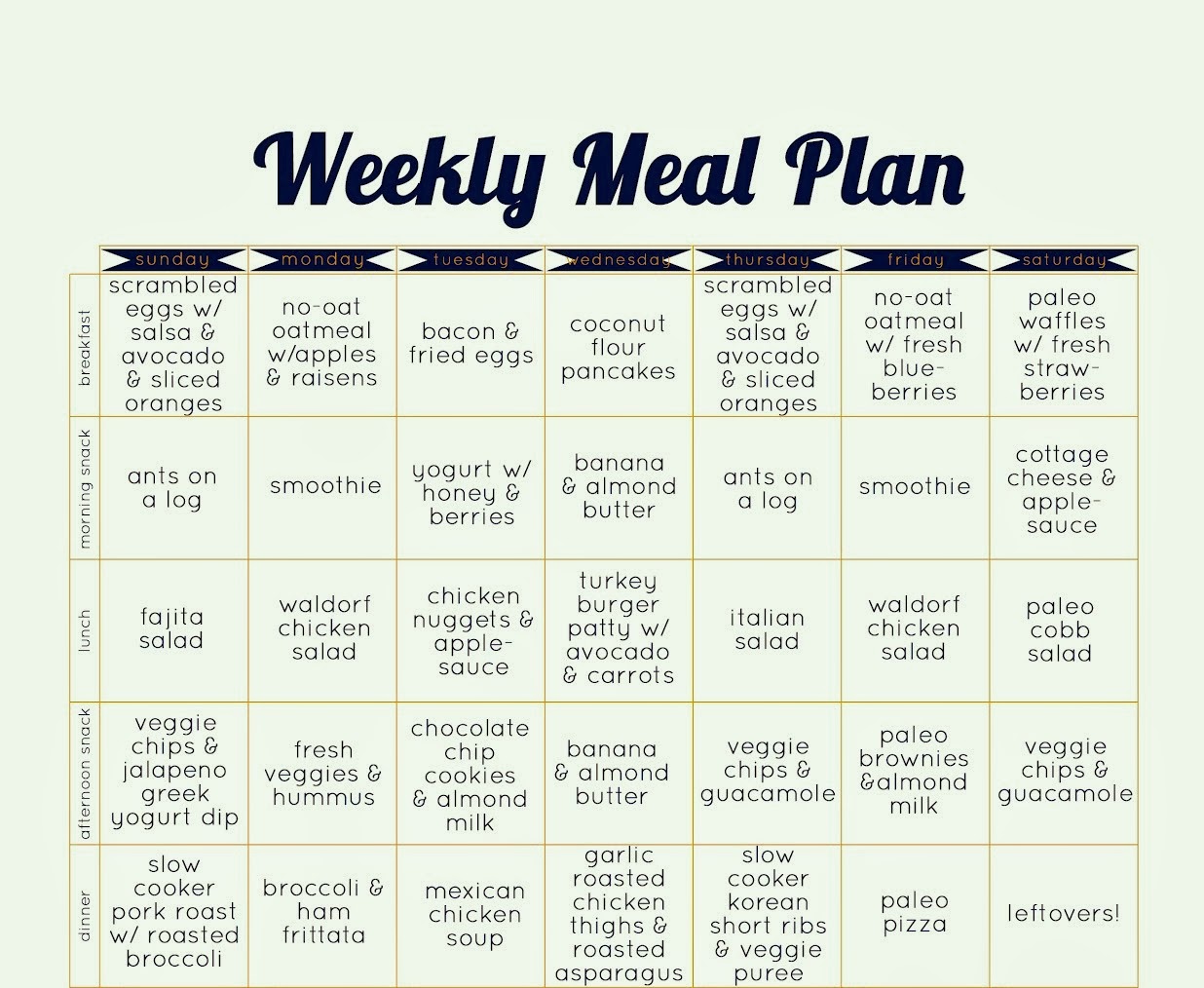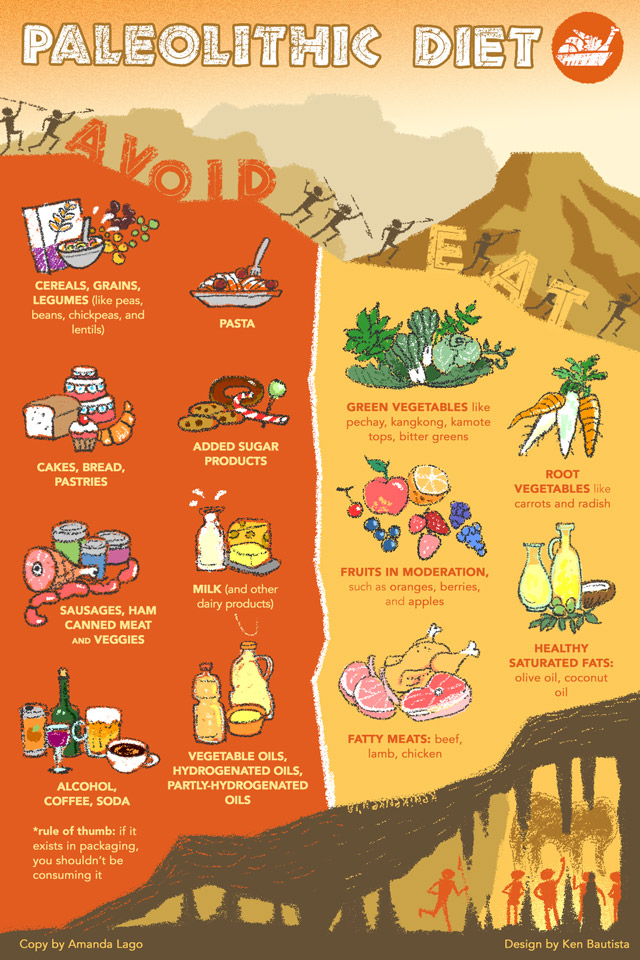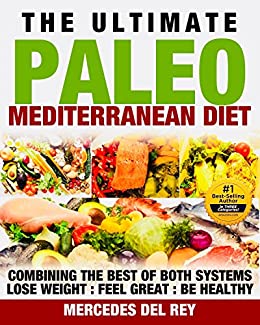
You might be asking, "Who invented the Paleo diet?" Well, the answer is Dr. Loren Cordain, an American scientist who specializes in exercise physiology and nutrition. He is, among other things, one of the most prominent supporters of Paleo. But which one should you believe? Or is this just another myth? Read on to discover the truth about this fascinating diet!
Dr. Loren Cordain
The Paleo diet is a controversial lifestyle plan that advocates eating foods our hunter-gatherer ancestors ate millions of years ago. This diet was based on research that looked at the Stone Age diet. It was low in salt, but high in potassium. High salt intake is linked to many modern diseases. Dr. Cordain claims that eating like our Caveman ancestors can prevent many illnesses.
In the world of nutrition and human evolution, Dr. Cordain has published numerous scientific articles and has become one of the most well-known authorities on the subject. His research has been featured by many major media outlets, including Dateline NBC as well as the front page of The New York Times. He is the author of three books on the topic and a newsletter. For more information about the Paleo diet, check out the resources below.
The Paleo Diet consists of three levels: basic, intermediate, and advanced. The lowest level allows for fewer "open meals" and allows for more foods that we are not allowed to eat. It is possible to eat legumes or other seeds, but you must be careful. A week can include 20 meals and 20 snack options. If you want to live long, healthy lives, the diet is recommended.

This diet is based upon the assumption that high protein intakes are reflected in hunter-gatherers. Cordain does however cite research that supports his theory using an ethnographic atlas from 229 hunter–gatherer societies. According to his research, 73% ate animal foods while only 14% ate plant food. Cordain's findings were refuted by Katherine Milton in Am. J. Clin. Nutr. 71:665-667.
While this hypothesis may seem like a good one, there are powerful counterarguments to Dr. Cordain's claims. Cordain asserts that a low-fat diet can increase the risk of developing cancer. However, evidence does not support this claim. For instance, the diet's benefits are far greater than its drawbacks. Cordain's research also highlights its limitations, but is not conclusive.
Walter Voegtlin
Paleolithic food is a way of eating which has been around at least 35 years. Walter Voegtlin (gastroenterologist) developed the Stone Age Diet after studying human dietary habits. His study showed that the diet was effective for people with common problems such as digestive disorders. The diet also has many health benefits, including improved brain function and a decreased risk of colon cancer.
Voegtlin's diet was based on the idea that humans evolved as carnivores. We should also do the same. He believed that humans are genetically similar to dogs and sheep, and should therefore eat a carnivorous diet. The diet advocates point to modern data, which is mixed, but generally positive. Modern humans have not been able to adapt to the paleo lifestyle as well as animals ten thousand year ago.
In the book "The Real Diet of Man", author Walter Voegtlin uses the chemistry of food to prove the effectiveness of this diet. The book highlights foods with low glycemic and high fiber levels, as well as balanced essential fatty acid. It focuses on the foods that allow the body to function at its best. Ted Slanker (author) and Walter Voegtlin (authors), have been reporting on nutrition research fundamentals for more than 15 years. They distill complex studies into essential nutrients for human wellness.

The Paleo diet does not allow for certain food groups, such as processed foods, sugar, salt and grains. The diet is not suitable for some animals that are grain-fed. Additionally, modern fruits and vegetables are very different from those that were consumed in paleolithic times. Many Paleo dieters cite studies with a limited number of subjects that are not long-term. Those studies cannot support the Paleo diet as a whole.
Since the Paleolithic diet is based on animal protein, a study of animals' diets is necessary. While Paleolithic diets did not include vegetarian foods, they still have an influence on modern people. Many of these researchers believe animal diets were not completely vegetarian or vegan. And while eating more meat and fat may have lowered cholesterol levels, it can also improve cardiovascular health.
FAQ
What should a beginner chef learn?
For beginners, it is best to begin with something simple like pasta, rice or soup. For those who want to learn how cook, a recipe book is a good option. It's much more fun to cook with someone you know. Cooking together is fun with family members or friends.
Do I have to learn how to cook with my children?
Yes! Children love to help in the kitchen. It's a fun activity that teaches them responsibility and teamwork. The whole process can be done by children, including washing and chopping vegetables. If your children follow safe practices when handling knives, they will enjoy helping you cook.
What are the basic skills of cooking?
Basic cooking skills include knowing how to read recipes, measure ingredients, cook food safely, and clean up after yourself. If you want to be able to cook for yourself, then you need to learn these basic skills. Cooking is also a great way to save money since you don't have to eat out all the time.
How do you store leftovers best?
Tupperware containers are great for storing leftovers. These containers are great for keeping food fresh and preventing odors from growing. These containers keep food warm for longer periods of time. You can freeze leftover food in freezer bags. When freezing food, place the bag inside another freezer bag so that air doesn't escape. Once the food has been frozen, transfer it into an airtight container such as a zip lock bag.
What can I learn about cooking?
There are numerous cooking classes offered across the country. Many schools offer courses in baking, pastry, and wine tasting. A local community college, vocational school, or private institution can offer classes in cooking.
How do I become a Chef?
There are many avenues to become a professional chef. A course at a local community college or vocational school is a good place to start. You might also consider going to culinary school. A paid internship is another option.
Statistics
- According to the BLS, chefs earn $58,740 a year. (learnhowtobecome.org)
- under 10 Kids have been taught that there is special food just for them, and Fiese says that 10 percent of kids will throw a tantrum if they don't get the food they want. (washingtonpost.com)
- In the United States, the category is estimated at $23.2 billion annually and is growing faster than the market. (washingtonpost.com)
External Links
How To
How to cook a steak
The thickness of any meat will dictate the cooking method. Thicker steaks should be cooked over low heat. Thicker steaks will need to cook at higher temperatures.
They will lose their flavor if they are overcooked. Make sure to remove the steaks from the pan after it is done. This will help you avoid burning your skin.
Cooking time will depend on the size of your steak and the desired level of doneness. These are some guidelines:
Medium Rare: Cook to medium rare. This means that the internal temperature should reach 145degF (63degC). This will take between 3 to 5 minutes per side.
Medium: Cook till medium. This typically takes 6 minutes per side.
You are done when the internal temperatures reach 180°F (82°C). This normally takes 8 to 12 minutes per side.